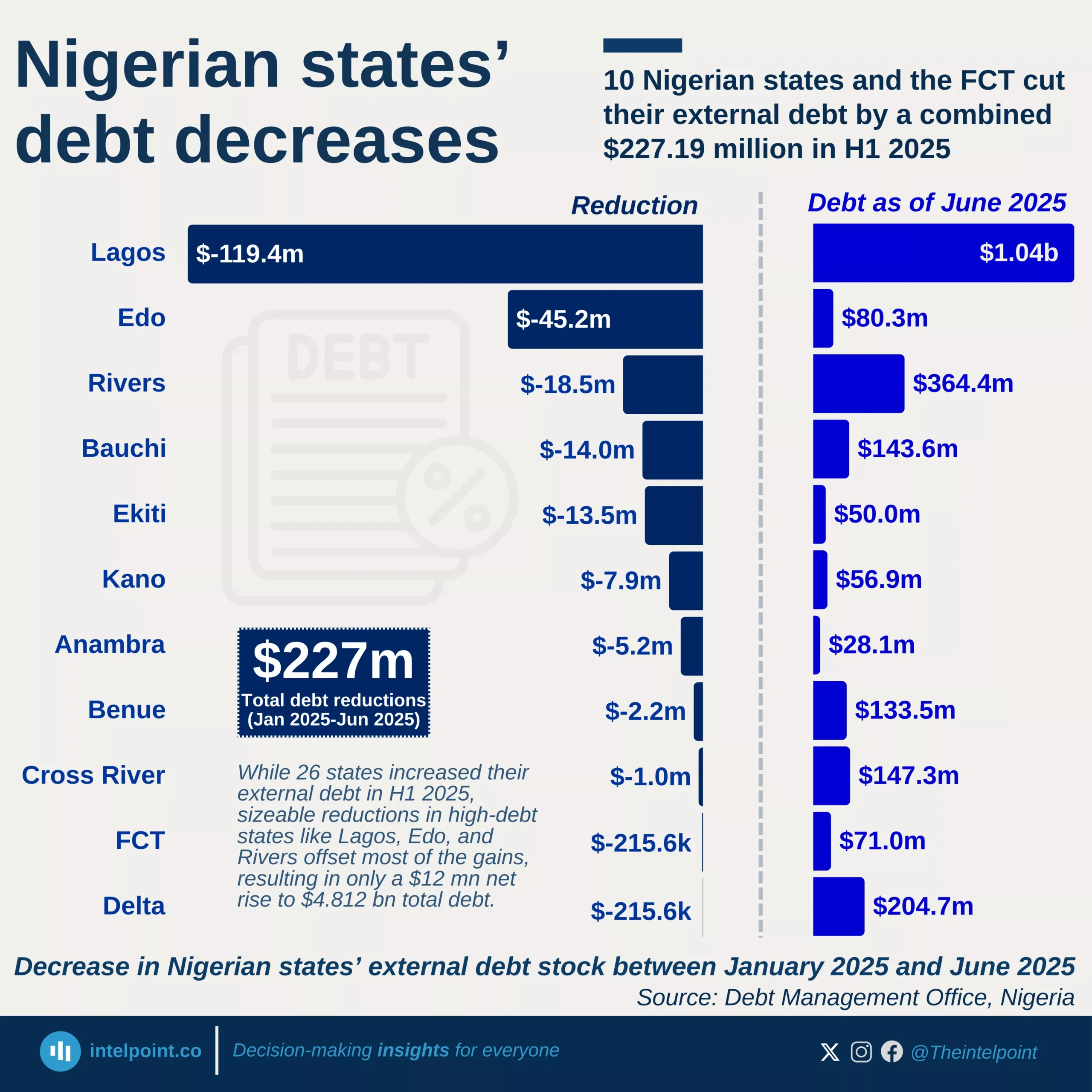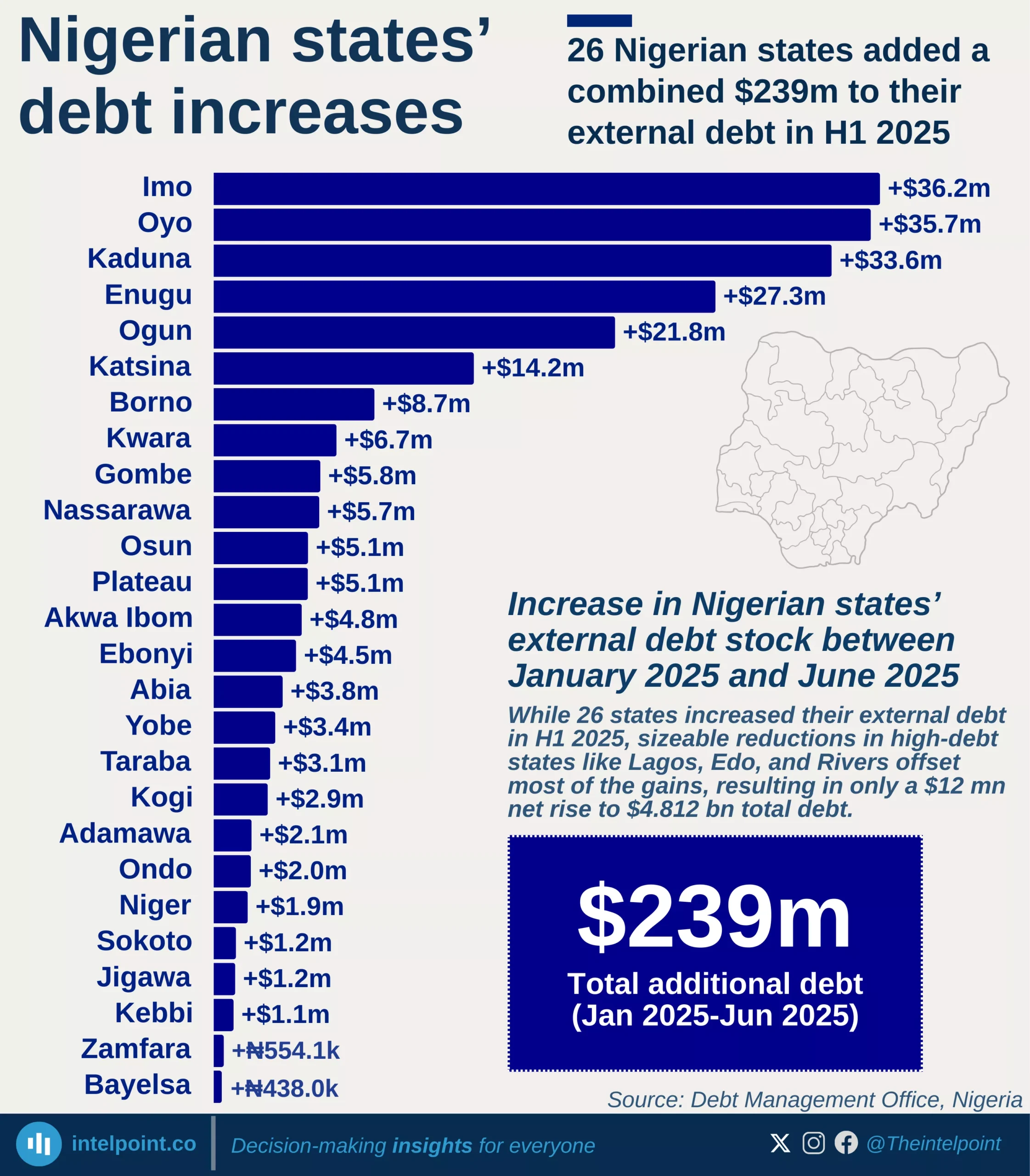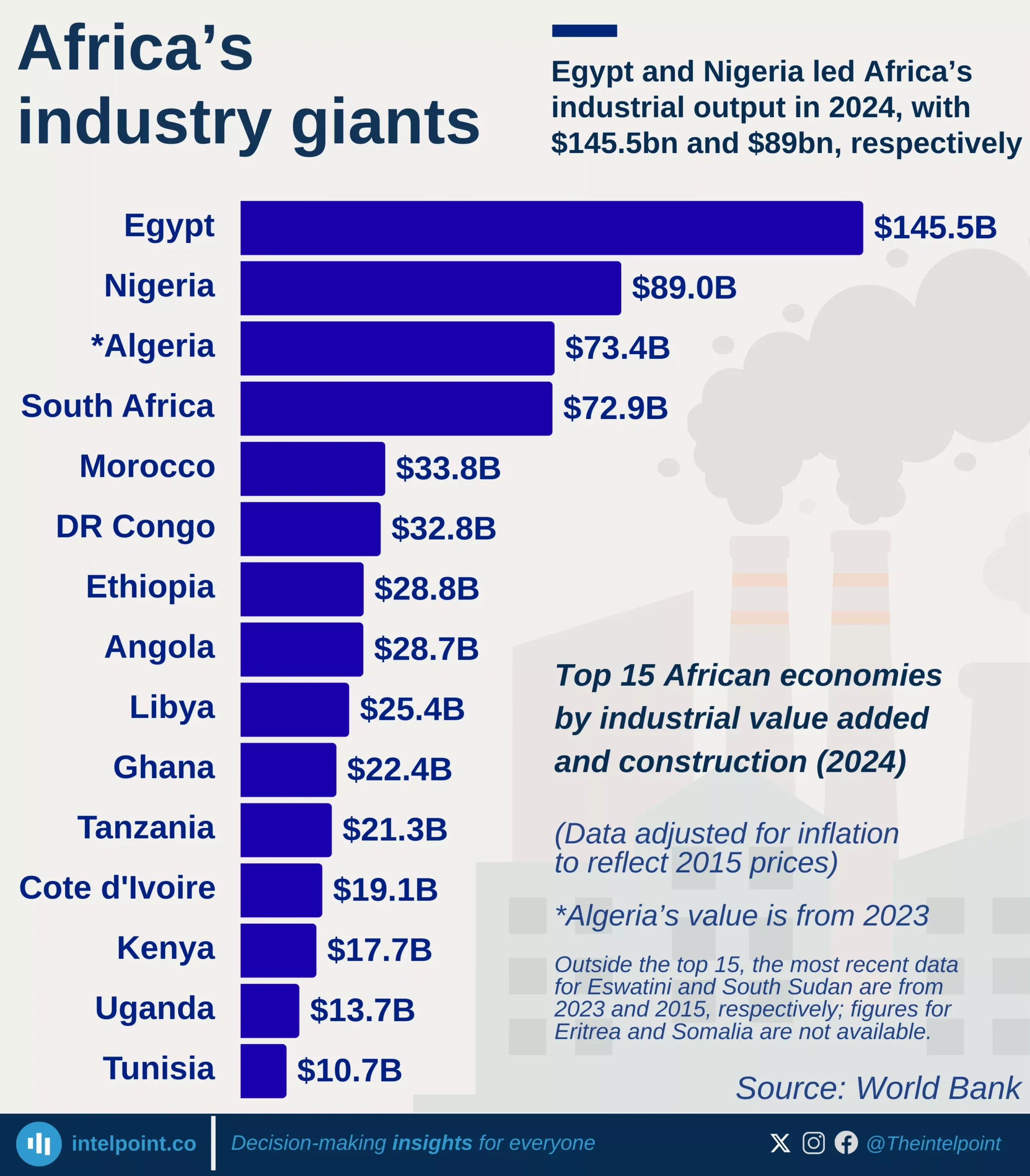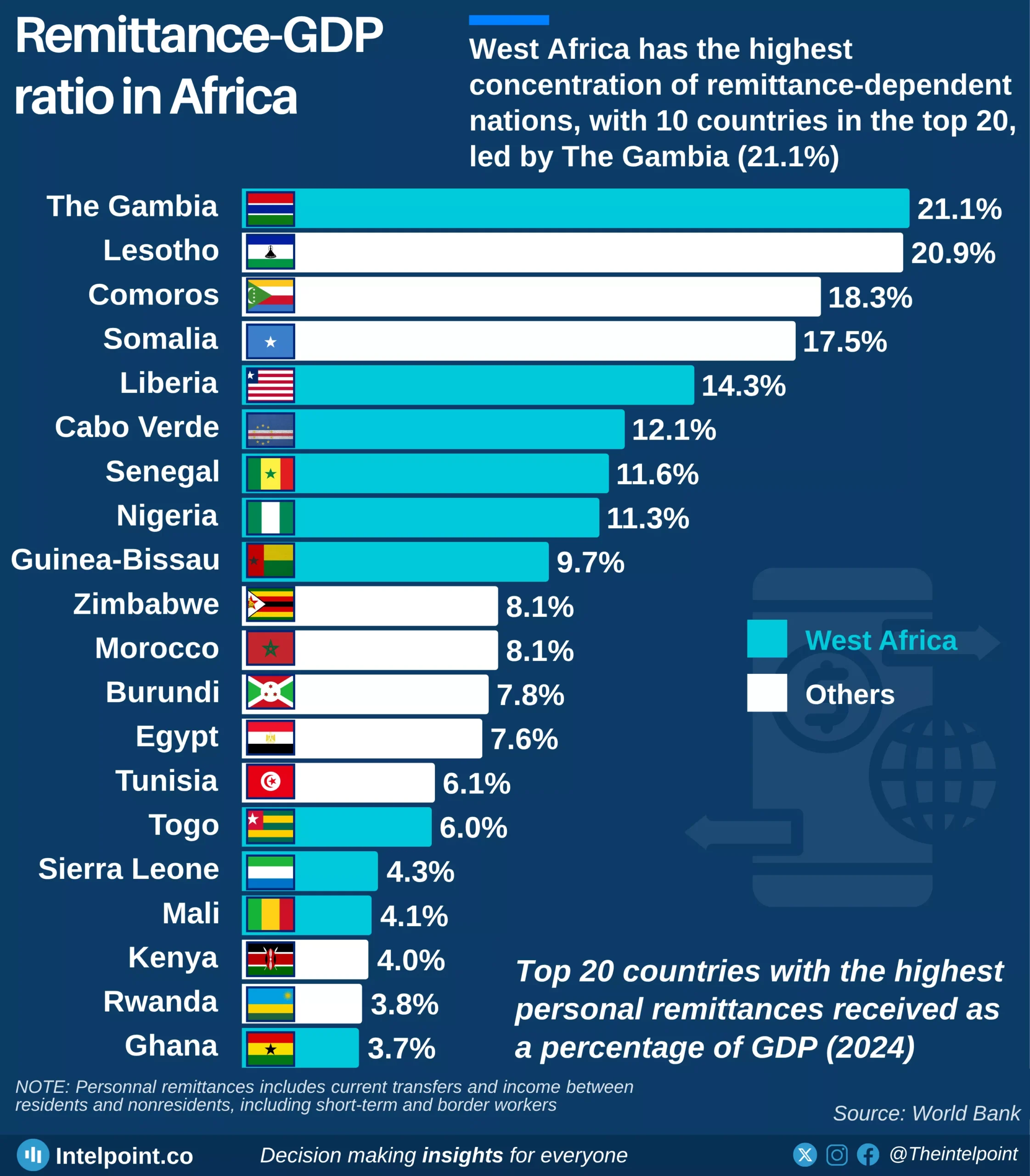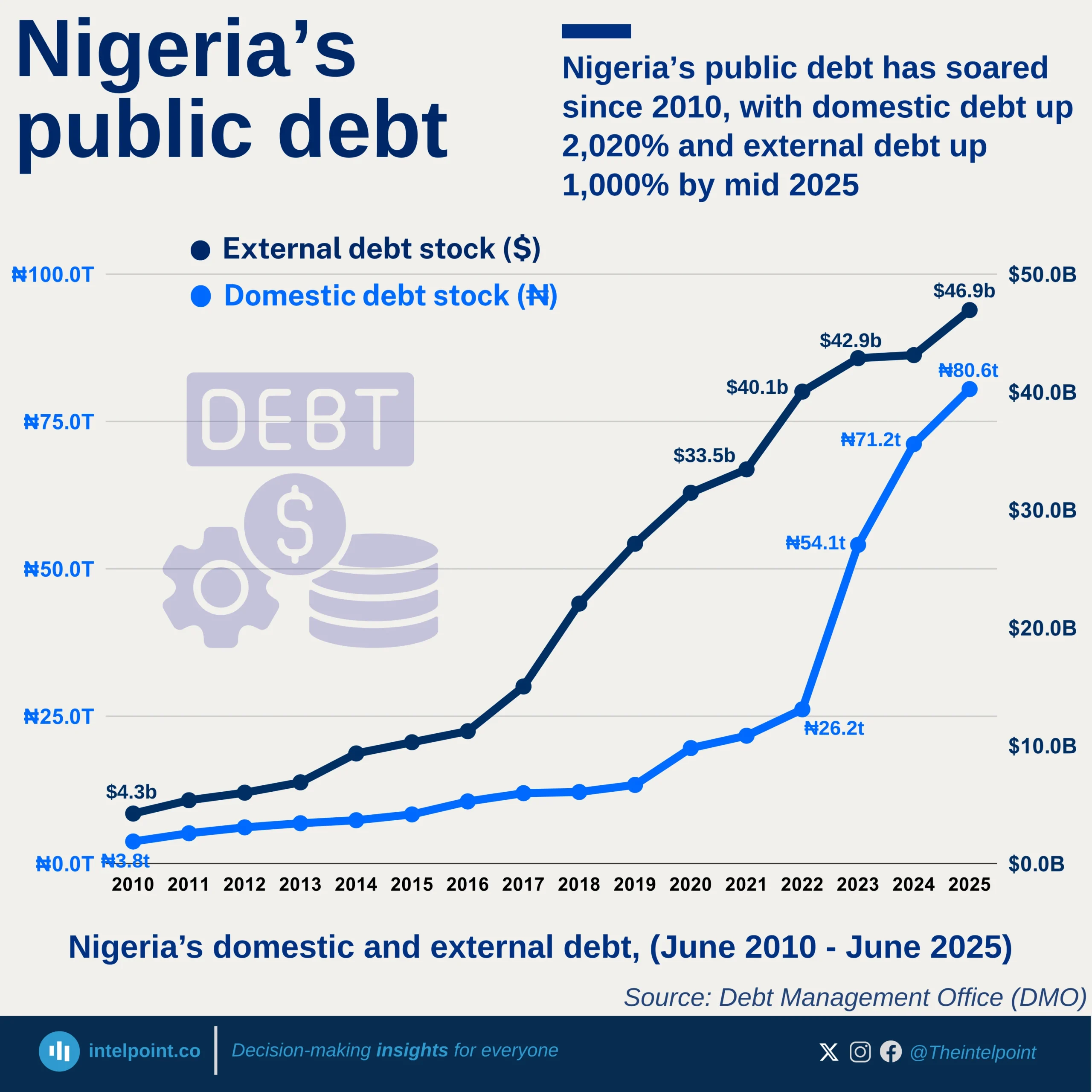Algeria has maintained one of the lowest debt service-to-GDP ratios in Africa over the past decade and a half, and this trend is projected to continue. From 0.77% in 2009, the figure declined to just 0.10% in 2024 and is forecast to reach 0.09% by 2025. This represents a compound annual decline rate of -11.9% between 2009 and 2025 — a stark contrast to many other African economies that are struggling with rising debt burdens.
The decline has been consistent, with only brief fluctuations, such as a slight rise to 0.73% in 2012 before continuing its downward trajectory. Algeria’s ability to keep debt service low means it can direct more of its resources toward domestic investment, infrastructure, and social programmes rather than repayments. This sustained reduction is particularly notable, given the continent-wide challenge of escalating debt servicing costs.
